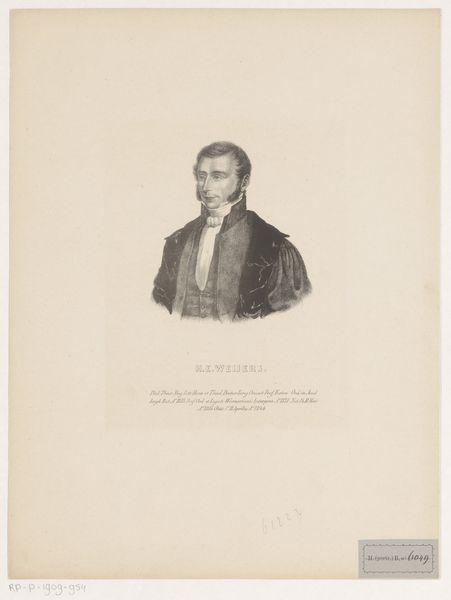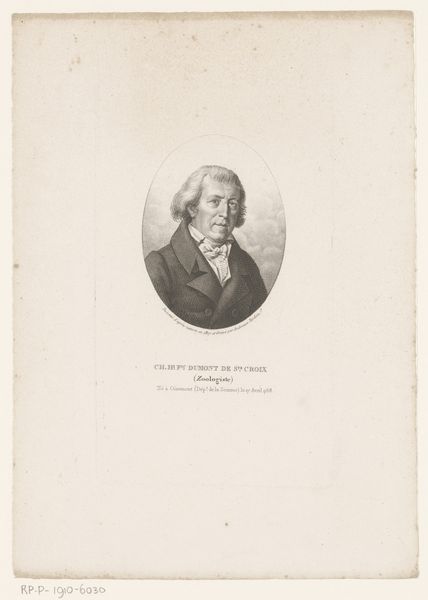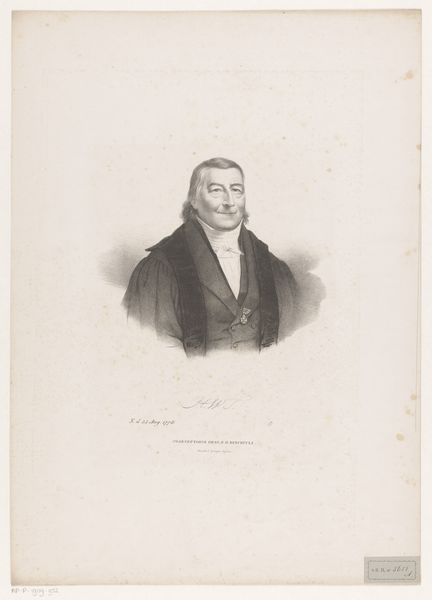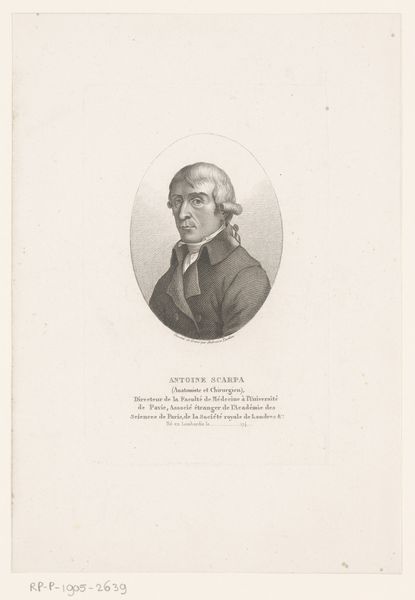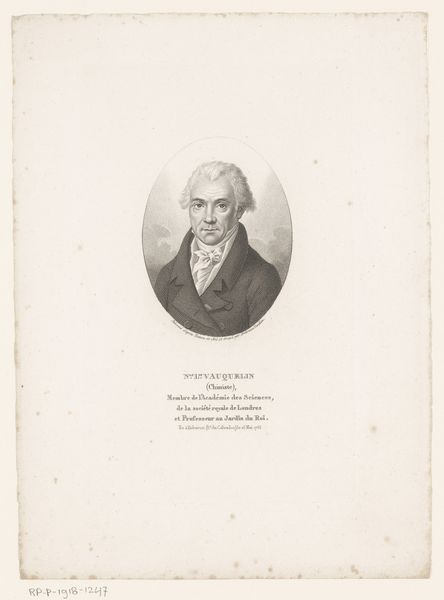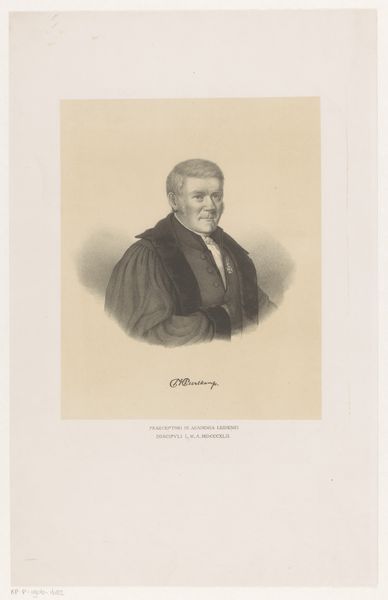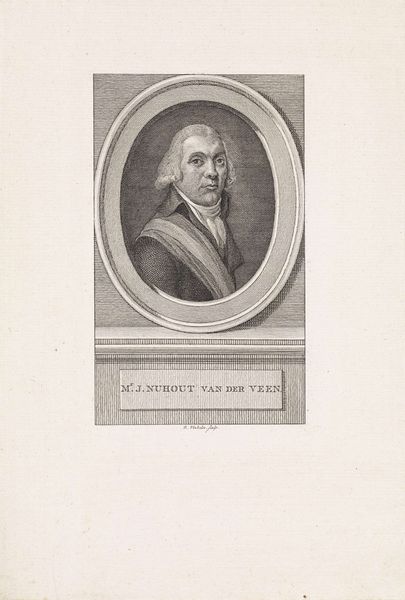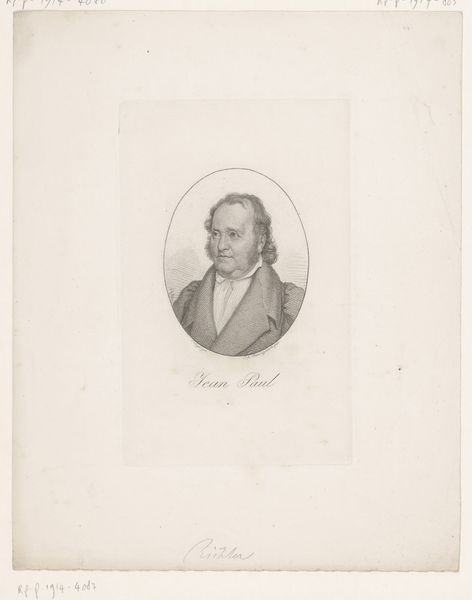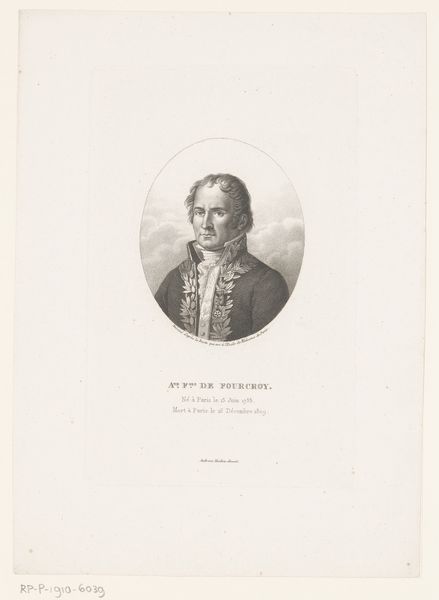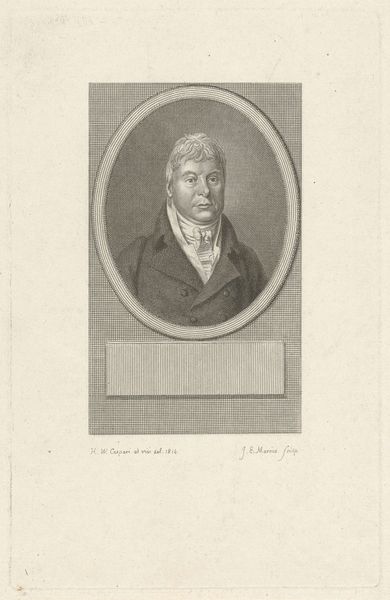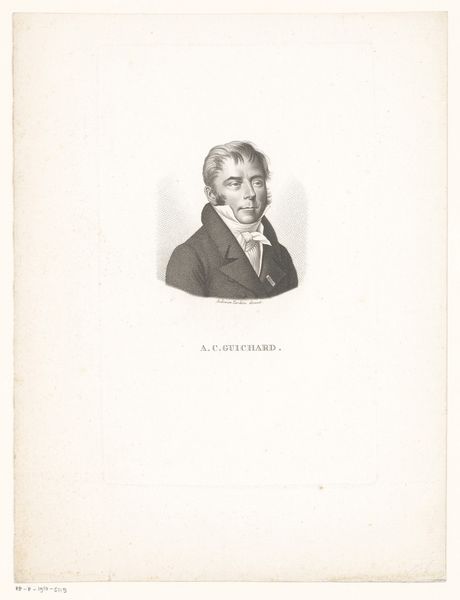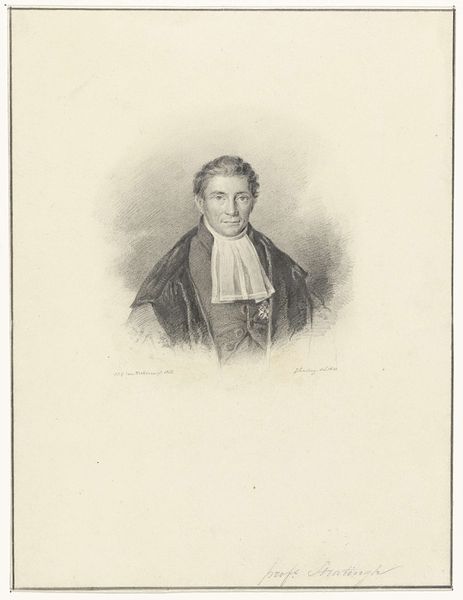
print, engraving
#
portrait
#
neoclacissism
# print
#
romanticism
#
engraving
Dimensions: height 216 mm, width 137 mm
Copyright: Rijks Museum: Open Domain
Editor: Here we have Charles Aimé Forestier’s "Portret van Jean Baptiste Louis Joseph Billecocq," an engraving dating back to about 1821. It's a stately portrait; I am immediately drawn to the textures meticulously created through engraving. What stands out to you in this piece? Curator: I am drawn to the materiality of this print – an artwork produced for dissemination. Consider the labor involved: the engraver, the printer, the paper makers, and the social function of representing status through a reproducible image. The seemingly neutral depiction carries embedded economic and class values, wouldn’t you agree? Editor: Absolutely. So, even the act of making and distributing an engraving, a supposedly "lesser" art form, reinforced social hierarchies? Curator: Precisely. The very *act* of commissioning a print, typically intended for wider distribution, underscores the subject's desire for recognition within a broader public sphere. It challenges the supposed exclusivity associated with painted portraits. Editor: It’s interesting to think about the intersection of art and social structure even through materials. Thank you for that insight! Curator: My pleasure. It's crucial to remember art isn’t created in a vacuum; rather, its meaning lies in the labor and social relations surrounding its production and consumption.
Comments
No comments
Be the first to comment and join the conversation on the ultimate creative platform.
